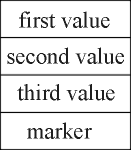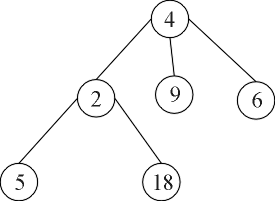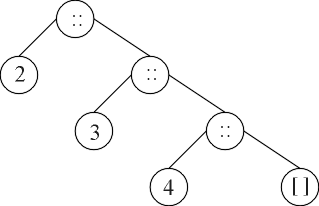|
You can think of a variable as part of the
control mechanism in a program. But it is often
better to think of a variable as a data item.
Think of a variable as a box. You can pass the
box around, put it inside another box, etc. You can
also put a new thing inside the box.
The box behaves like a data item that has
a mutable characteristic: its content.
A variable is a first class item
if it can be passed to a function, returned from a function,
stored in another variable, etc.
Pointers |
|---|
|
A pointer is a memory address. Since it refers
to a place in memory, and that place can have its
content changed, a pointer is similar to a box.
In fact, boxes are usually representated as pointers.
Some languages (C++, for example)
provide pointers as basic things in the language. Other languages
(Java, for example)
use pointer in their implementations, but do not provide
them as things in the language itself. In Java, a variable
is not a first class item.
|
|







